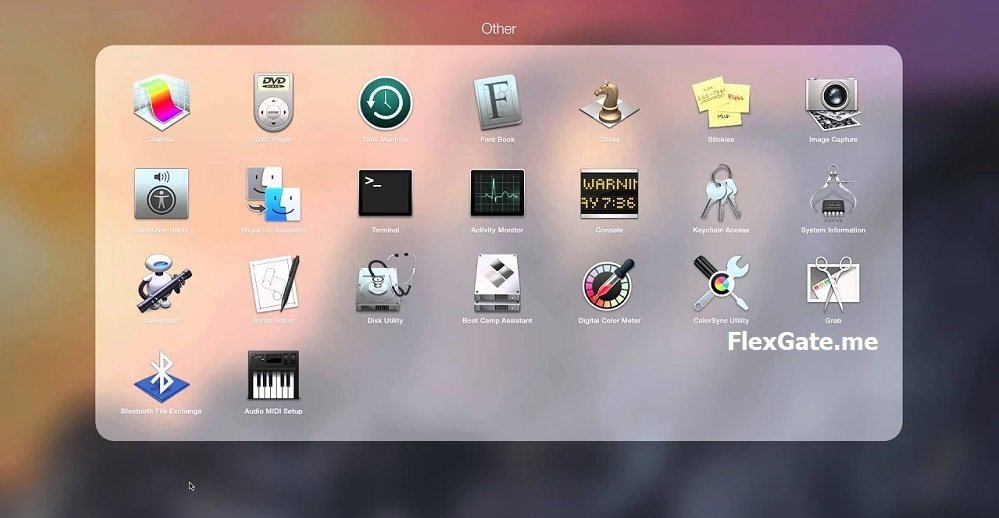

#Idefrag trial full#
Despite this, before running any disk utility you should be sure to have a full backup.įilesystems - iDefrag is an HFS-only utility, which means it will only support HFS, HFS+, case sensitive HFS, and Journaled HFS volumes. These are customizable in the program's preferences, and you can enable or disable options to verify writes, monitor disk temperatures, and customize the algorithms to enable or disable more risky features. Monitoring and safeguards - As with any well-made disk utility, iDefrag includes a variety of checks to ensure the files it is handling are not lost or corrupted in the event of an interruption during optimization or defragmentation. iDefrag will manage these locations in its optimization algorithms to ensure the system can make full use of them. Hot zone management - In order to decrease loading times, OS X will move frequently used files to a location on the hard drive that is quickly accessed by the drive heads (the "Hot Zone"). Scripting support - Because of its support for Applescript and Automator, iDefrag can easily be configured to run in a variety of scripts and schedules.īoot drive management - With iDefrag, you can defragment the boot drive however, you are limited to using the "Quick" algorithm which only targets files that are not in use. While at its basics iDefrag performs optimization and defragmentation, it supports a few other features that may be useful to people who regularly defragment their volumes. Examples of class sets are "Startup Files", "Kernel Files", "User files", "Journal Files", and "Volume Header" files.įull Defrag - This runs both the "Metadata" and "Optimize" routines for a full defragmentation and optimization of the hard drive. Optimize - This is where iDefrag organizes files based on file type (class sets) so they may more easily be accessed in various tasks. Quick - This does a swift defragmentation of the drive on standard files, as a quick clean-up without touching system files, multi-linked files, or any others that may require special attention. Metadata - This is the basic defragmentation scheme, which also optimizes the drive's hot zone and index files. The available algorithms are as follows:Ĭompact - Moves files to the beginning of the volume without organizing them so you may repartition or resize the drive. This is usually because you have selected to use something besides "Quick" defragmentation on the boot drive. If the button is red, you will not be able to use the selected algorithm on the drive.

To defragment or optimize a drive, just select it in the "Volumes" tray, select the optimization algorithm, and click the green "Go" button. The encircled regeions represent areas that are part of the same fragmented file. IDefrag's window is simple and straightforward.


 0 kommentar(er)
0 kommentar(er)
